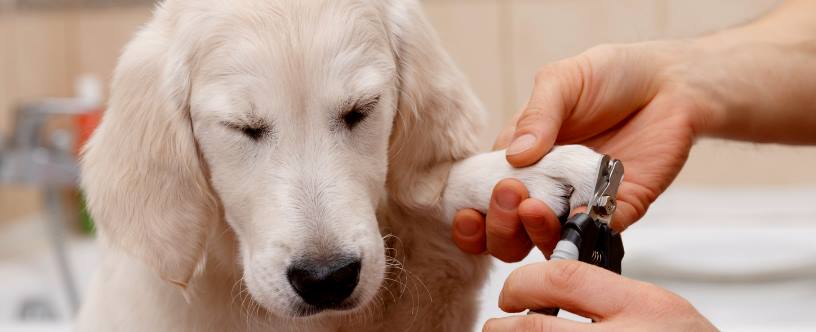
Caring for a dog goes beyond providing food, shelter, and love; cleanliness and hygiene play a crucial role in ensuring your furry friend stays healthy and happy. A clean environment not only keeps your dog comfortable but also prevents the spread of diseases and infections. Let’s dive into the essential aspects of maintaining cleanliness and hygiene for your beloved pet.
1. Regular Grooming
Grooming is one of the most fundamental aspects of dog hygiene. It includes brushing, bathing, and maintaining their coat:
- Brushing: Regular brushing helps to remove dirt, dead skin, and loose hair while stimulating natural oils that keep the coat shiny and healthy. The frequency depends on your dog’s breed and coat type, but a general rule is to brush at least once a week.
- Bathing: Dogs should be bathed once every 4-6 weeks or as needed, depending on their lifestyle and coat condition. Use a dog-specific shampoo to avoid skin irritation.
- Ear Cleaning: Clean your dog’s ears weekly using a vet-approved ear cleaner to prevent wax buildup and infections.
2. Paw Care
Dogs use their paws to explore the world, which makes them prone to collecting dirt and debris.
- Wiping Paws: After walks, wipe your dog’s paws with a damp cloth to remove mud, salt, or chemicals, especially in winter.
- Nail Trimming: Long nails can lead to discomfort or injury. Trim them regularly, ensuring you don’t cut into the quick, which can cause pain and bleeding.
3. Dental Hygiene
Oral health is often overlooked but is vital for your dog’s overall wellbeing.
- Brushing Teeth: Brush your dog’s teeth 2-3 times a week using a dog-specific toothbrush and toothpaste.
- Dental Treats and Chews: These can help reduce plaque and tartar buildup.
4. Feeding Area Cleanliness
A clean feeding area minimizes the risk of bacterial growth and contamination.
- Washing Bowls: Clean your dog’s food and water bowls daily with warm, soapy water.
- Storage of Food: Store food in a dry, airtight container to keep it fresh and prevent pests.
5. Bedding and Living Area Maintenance
Your dog’s sleeping and living area should be kept clean and hygienic.
- Washing Bedding: Wash your dog’s bedding every 1-2 weeks using a pet-safe detergent.
- Vacuuming: Regularly vacuum carpets, furniture, and other areas your dog frequents to reduce pet hair and allergens.
- Disinfecting Toys: Wash your dog’s toys weekly to remove dirt and bacteria.
6. Regular Veterinary Check-Ups
Routine vet visits are essential for monitoring your dog’s health and hygiene. Vaccinations, parasite prevention, and professional teeth cleaning contribute to their overall cleanliness and wellbeing.
7. Waste Management
Properly disposing of your dog’s waste is not only hygienic but also socially responsible.
- Poop Scooping: Always pick up your dog’s waste during walks to prevent the spread of parasites.
- Litter Box Hygiene: If your dog uses a litter box, clean it daily and disinfect it weekly.
8. Seasonal Considerations
Different seasons bring unique hygiene challenges:
- Summer: Check for ticks, fleas, and other parasites. Keep your dog cool and hydrated.
- Winter: Protect paws from salt and ice by using pet-safe balms or booties.
Conclusion
Maintaining cleanliness and hygiene is an ongoing commitment that directly impacts your dog’s health and happiness. By incorporating these practices into your routine, you can create a safe and healthy environment for your furry companion, ensuring they live a long, joyful life.

